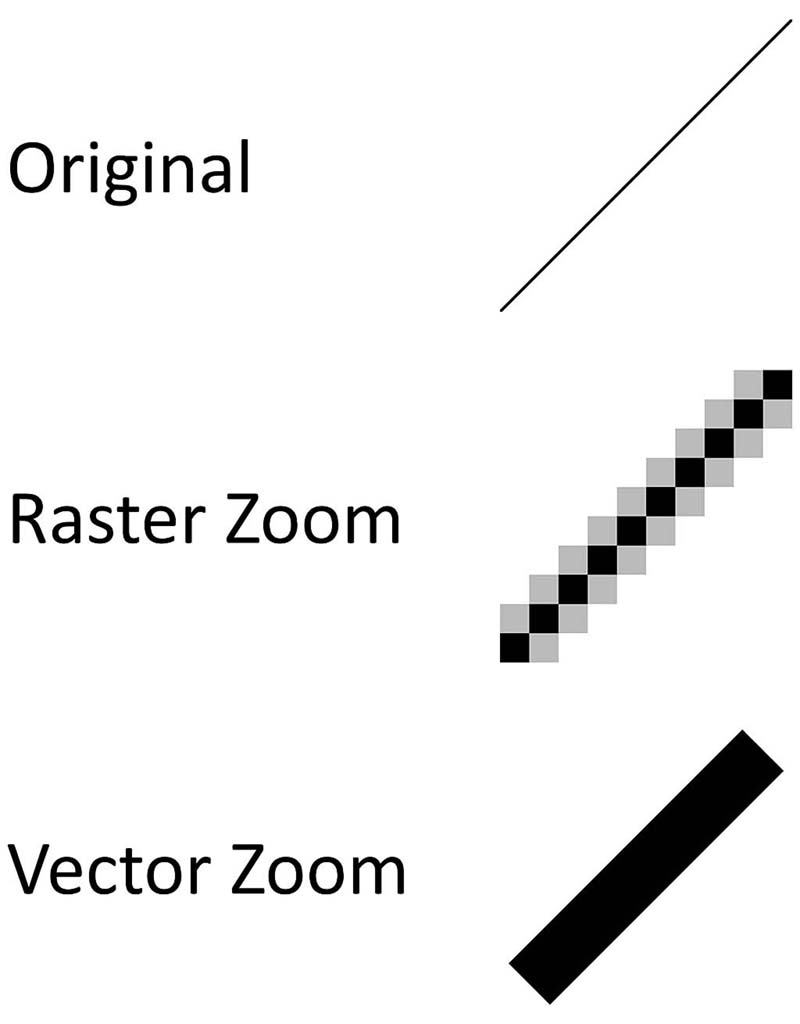



Vector image files record images descriptively, using mathematics to identify lines and geometric shapes.
#Raster graphic definition pro#
Photoshop and Paint Shop Pro are two of the most popular bitmap editors, though The GIMP is a great GNU licensed editor. You can edit raster graphics only by altering the pixels directly with a bitmap editor. Though it's been around for half-a-dozen years, it's still not supported by all Web browsers. PNG is sort of in between JPEG and GIF, mixing the best of both. On the Web the most widely used raster file formats are JPG, which is used primarily for photo-realistic images with many colors, and GIF, which is used primarily for line and shape images with limited colors. The most popular raster file formats are BMP, TIFF, JPEG, GIF, and PNG. This makes sense as photos are a collection of organic, not geometric shapes. In fact, any true digitized photo must be a raster image. Here's a good example: digital cameras record raster images. When printed, raster images are limited in quality by the resolution, or number of pixels per inch, that is recorded in the image file. Raster images are ideal for the computer screen, which display a certain number of pixels per inch of screen (resolution). Raster images are image files where the format records exactly how many pixels are used in what colors, and in a certain order. RasterĪs we know, digital images displayed on a computer screen are nothing more than colored pixels. These types refer to how the image data is recorded by the computer, and determines your options for changing the image. In the world of digital imaging there are two types of graphical image files that you need to be aware of: raster and vector. Creating Web Designs Raster Versus Vector Graphics


 0 kommentar(er)
0 kommentar(er)
